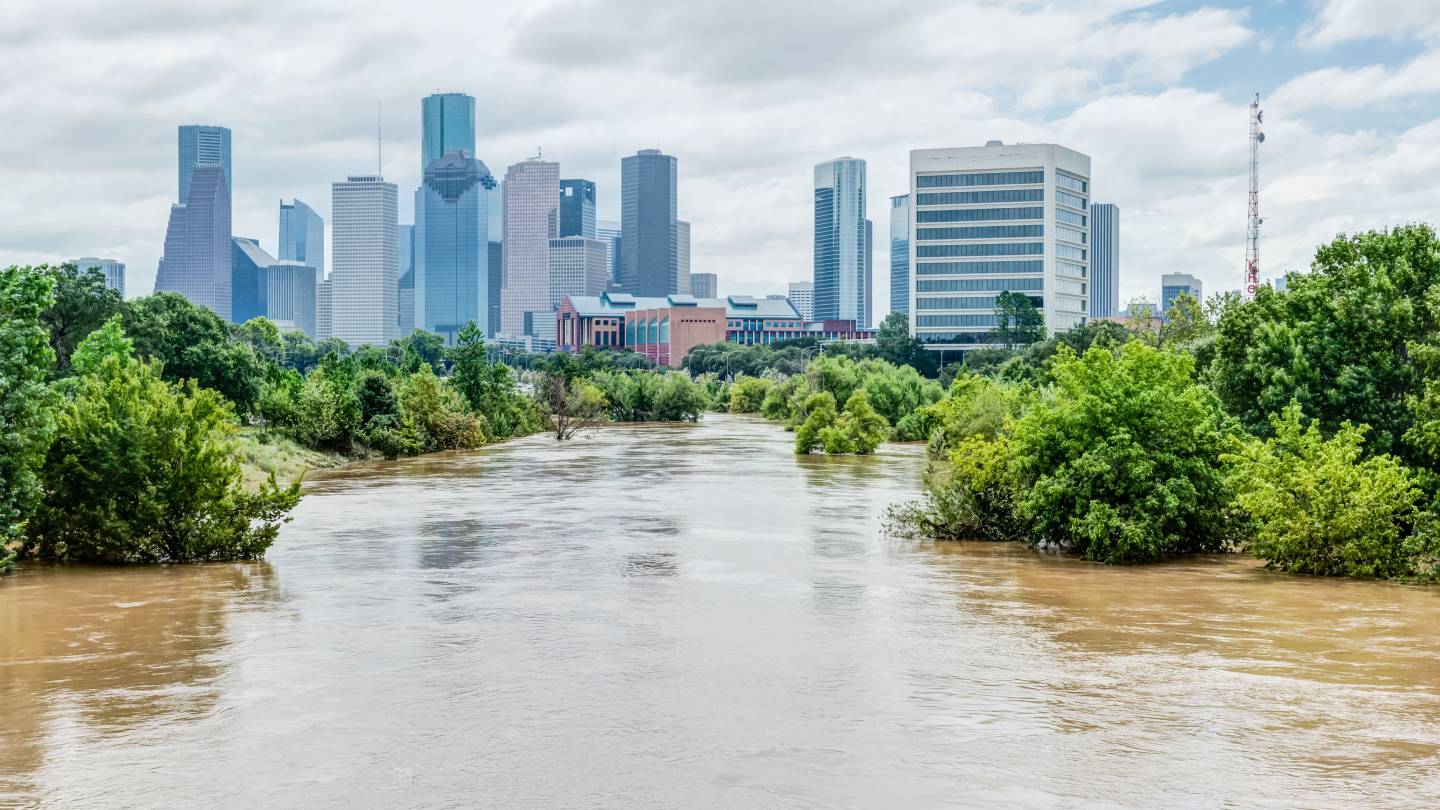As much as this planet is filled with excitement and fun, there are also many hazards and disasters. Many of which are natural. And there’s little to nothing that can be done to change them. Indeed, there’s a long list of deadly natural disasters on planet Earth that destroy many lives and properties.
One of the most destructive is a storm surge. Truth be told, one of the most destructive threats in a hurricane is not the high winds but the events of flooding brought about by a storm surge. Knowing how to handle one could mean getting out of a treacherous situation whole.
Many people refer to the storm surge as a hurricane, probably because it moves at the same speed as a hurricane. That’s about 10 to 15 mph. A storm surge happens when water is pushed offshore by a strong wind, such as a hurricane. If you think it’s inconsequential, think again. The hurricane in Galveston, Texas, in 1900, about 8,000 to 12,000 lives. Most of it because of the storm surge.
Fortunately, there are proven ways to protect yourself from one.Assuming you do these things days before the storm pays a visit.
Start with Recreational Spots
Thankfully, recreational spots have become a thing in urban areas. One thing though that many don’t know is that they can be very beneficial in storm surges. How? That’s a good question.
With a park or resort, you usually build it on higher ground. And when that is done, pipes can be installed under. What pipes? Well, there are stormwater drainage pipes that are fitted to cater to storm surges. They help capture the moving water and allow for proper flow without causing damage. With this, there is less damage in surrounding areas.
When concrete pipes, make sure you get the best. For one, a precast concrete pipe is ideal. Not only is it built to the exact specifications of the location, but you only ensure a more efficient installation. And that means you won’t incur delays when installing it compared to pour-in-place concrete pipes.
Building More Resilient Houses
Next on the list is building resilient homes. This is where architects have a large role to play. Houses should be designed in such a way that they are resilient to flood. And this can be achieved if they are built above the floodplain.
For one, the roofs should be designed to withstand the storm. The same goes for the materials used in making the house. Opting for low-quality materials will make the house prone to damage. It may cost more, but in the long run, you save a lot.
Well, what if your house has been built and all these were not put into consideration? There are still a few things that can be done. Then, you can opt for stronger flooring like porcelain ceramic. This is less prone to damage. Plus, you can also have your roof improved to withstand storms.
Alternative Plans for Large Buildings
For bigger buildings, there have to be alternative options. For instance, factor in alternative options for powering the building. You can have a standby generator just in case of a storm and a power outage follows.
Another thing is water availability. Know that the tap may not be available in case of a storm.
A good option is to look for a suitable place on one of the floors for water delivery to other floors. It’s advised you to opt for the fourth floor. From that level, there is normal water pressure. And water can be delivered to other floors even in the case of a power outage.
Opt for Solar Power
Many families have been able to keep running in storm surges, all thanks to solar power. Some opt for generators as well. It’s important to have another source of power for your home. So that in case of a power outage, you can still have your hot shower. And you can still do simple tasks that require power in your home.
Calling 911 may not cut it when water is pouring into your homes. Know that water rises quickly, say 6-10 feet in a matter of minutes. By the time rescue comes, which is highly doubtful with all the water, the rushing flood may have overtaken your precious abode.
The role of preparing for storm surges in urban areas is for everyone. Everyone has to be prepared for what’s next to come, especially if the city is often prone to storm surges. With the tips above, you should have greater chances of coming out of the storm in one piece.
